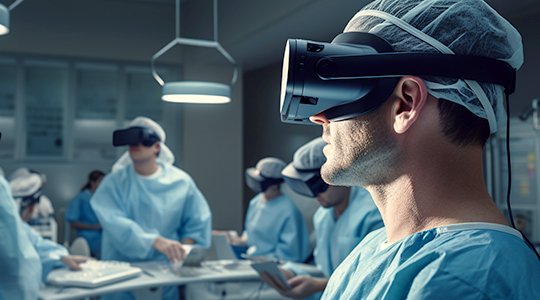It’s hard to check up on the things happening in the world nowadays without hearing about Covid. To be sure, the pandemic has created many challenges to healthcare systems around the world, but it has also created new opportunities. For one thing, telemedicine has proved itself as a uniquely innovative and efficient mode of interaction between healthcare specialists and patients. The world of healthcare software is being rocked by telemedicine app development, and there has never been a better time to get on board.
You’ve come to the right place if you want to know more about this phenomenon and how such applications are made. The answers to all of your questions are below.
What is Telemedicine and How Does It Work?
Telemedicine is a modern approach to providing health services, which involves using digital technologies to connect healthcare workers and patients, and remotely deliver evaluation, diagnosis, consultation, and treatment. In other words, it is a tech-based alternative to in-person medical checkups, hospital stays, and other medical operations. Sometimes, it is also called telehealth.
Mobile applications have been a mainstay of telemedicine for decades, but current trends have shifted towards immersive technologies like augmented and virtual reality. Furthermore, machine learning and artificial intelligence are boosting or replacing many of the tasks traditionally handled by medical professionals. Patients are eagerly flocking to such solutions as a convenient alternative to waiting in queues in hospitals or settling for inferior care when their chosen specialist is not available.
Telemedicine Market Size
The telemedicine market size in 2021 is estimated to be over $55 billion, according to a report at BusinessWire. To put this into perspective, the market size was estimated at under $25 billion just 5 years ago. The rapid growth that was already taking place was compounded by the Covid pandemic which boosted interest in the approach by over 65%.
Speaking about the telemedicine adoption rate, it varies from country to country, but has already reached an estimated 11% in the U.S.A. Just think, one in ten people are already enjoying the next level of care without any fancy equipment or giant investments. Truly impressive!
Benefits of Telemedicine for Patients and Medical Staff
Hospitals and businesses that take this approach to providing care stand to benefit in many ways, and the same can be said for their patients. Some of the benefits include:
-
Care is remotely accessible
Convenience is a top priority of the modern consumer, and many patients prefer to have their medical needs met remotely for the same reason they might prefer to send a text message instead of calling someone. It’s just easier. Furthermore, many patients have difficulty moving around, so getting care at home spares them pain and hassle.
-
Lower costs for doctors and patients
Obviously, this approach allows everyone to save time that would have been spent preparing for and getting to an appointment, but costs are also saved. For example, app users will typically have lower fees than they would incur by going to a hospital, while doctors and other staff can help more people in a shorter amount of time.
-
Simplified communication
Though nothing digital will replace the value of a real doctor’s appointment, most situations faced by users do not warrant driving to a hospital. For instance, they can just use an app to get a quick reply to their question or hop on a video call for a more nuanced discussion. Similarly, medical staff has an easier time, as they can quickly deal with simple cases and devote more time to pressing cases.
-
Easy data management
When built correctly, apps can collect and provide a wide range of user data. Thus, those being treated can find comprehensive information about their health history, view how their treatment is progressing, while nurses, doctors, receptionists, and other specialists can use the same app to quickly access user files, monitor progress, and view helpful analytics.
-
No risk of infections
Many people have negative associations with hospitals, thinking of them as places of illness and infection. The Covid pandemic has further shaken people’s confidence in visiting hospitals, so apps and remote treatment are a welcome alternative. They are not placed at risk of infection and get to experience the same level of support with peace of mind.
Main Challenges of Telemedicine for Your Business
Though telehealth solutions are popping up left and right these days, this approach is still going through growing pains and challenges that should be overcome by app developers and medical providers. These challenges include:
-
Complying with regulation
Modern apps and websites are subjected to great scrutiny in regards to the data they collect about users, and the scrutiny is even greater on the medical level. For example, the U.S. has strict regulations (HIPAA) that establish the ways that medical providers are allowed to use and share patient data, while the European Union countries have GDPR. Creating applications that comply with these laws while delivering the services users expect is not easy, but certainly possible.
-
Transitioning to digital
For doctors and healthcare workers used to working with paper records and face-to-face communication, switching to digital and mobile forms of communication and work can be jarring. Some patients may also have difficulty adapting to the new approach, especially if they are elderly and are not confident users of mobile/immersive technology.
-
Making the design clear
To take advantage of the benefits offered by innovative applications, users obviously need to understand how to use them properly. If they are presented with dozens of options at once without a description or instructions to use them, they will just be confused and may refuse to work with this provider again. That is why it is crucial to design the relevant applications with a clear and intuitive interface, as well as provide guidance about how to use them properly.
-
Finding good developers
It is supremely important to find qualified developers that will build a fully-functioning and highly-secure telehealth application. The process usually takes months, and even years if you don’t have a large team working on the project. Some apps, such as VR and AR require additional knowledge and experience to build that few devs can boast about. With these challenges, many businesses opt to find a healthcare development partner, as they will typically provide a full team knowledgeable in the subject matter.
The Role of Immersive Tech in Telemedicine
The term “immersive tech” usually applies to the three big extended reality technologies – AR, VR, and MR. In addition, there is one more new solution called Metaverse that is a real game-changer in the healthcare sector. Each of them brings unique benefits to telehealth software apart from immersing users in virtual experiences. Let’s take a closer look:
Augmented Reality
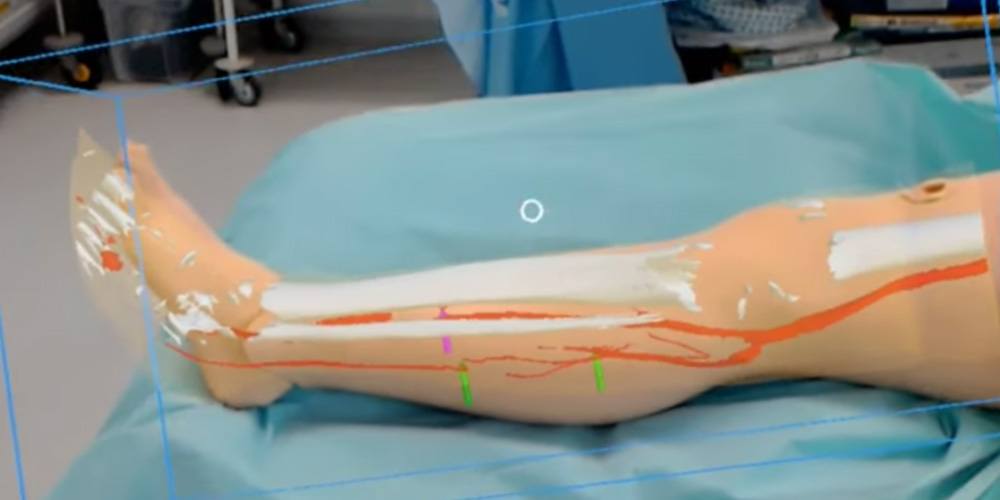
Typically built for smartphones/smartglasses; especially useful for scanning/detection of medical results, visualization of relevant instructions and patient data.
Example: John Hopkins Hospital
Hospital staff uses smart glasses for monitoring ICU patients and conducting rounds virtually.
Virtual Reality
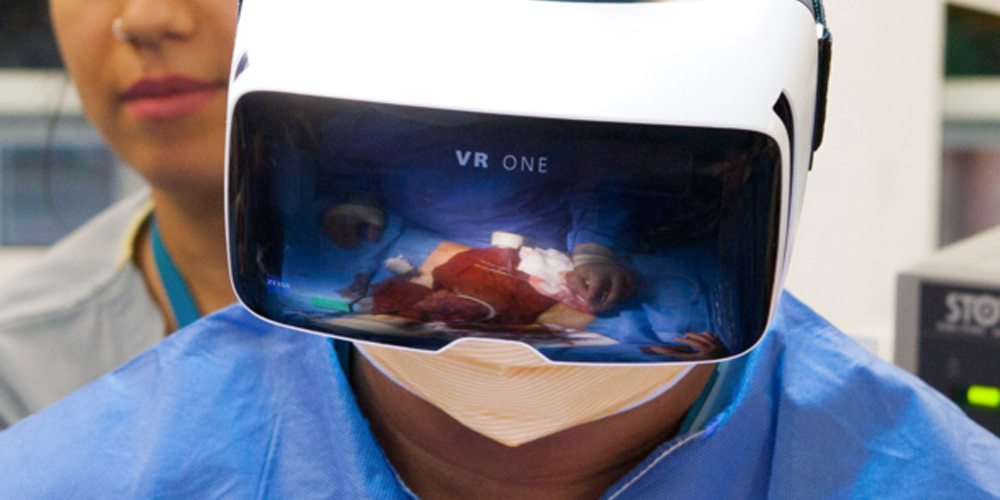
Built to be used with full headsets (e.g. Oculus, Vive) and controllers. Especially useful for patient VR rehabilitation and simulation of medical procedures.
Example: Hand Rehabilitation
This application built by Program-Ace provides patients with professional advice and instructions for improving hand mobility. Patients use VR gloves to perform the exercises.
Mixed Reality
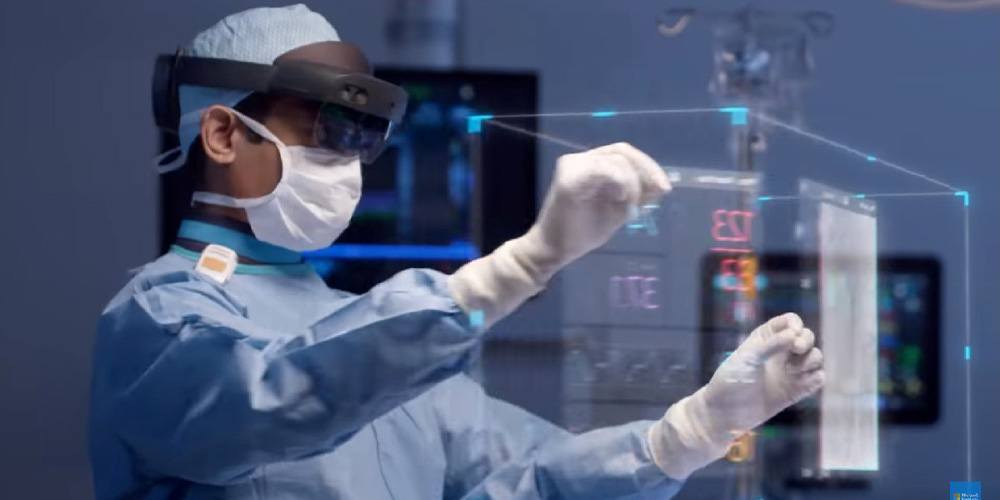
Primarily used with the Hololens headset. Especially useful for coordination of medical staff, streaming of video during operations, and improved precision during surgical procedures.
Example: Imperial College London
Doctors prepare for surgery by examining realistic 3D visualizations of CT scans of body parts on Hololens headsets.
The Metaverse
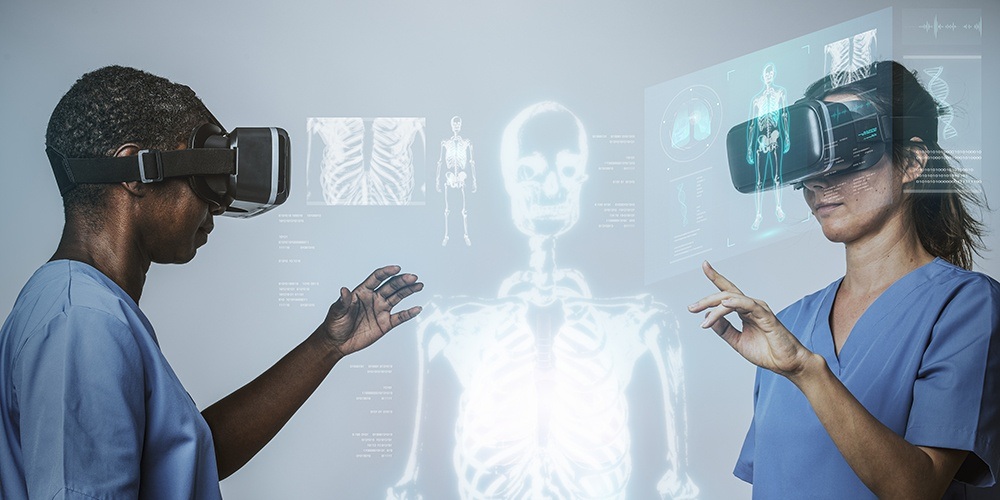
The Metaverse is a concept that allows you to simulate most of the real-life processes in virtual reality. So there is room in the Metaverse even for healthcare. Any professional metaverse development company can provide life-like experiences to patients with custom solutions of total sensory involvement.
Example: Telemedicine Metaverse Solution in AR
Metaverse Solution Takes Telemedicine in Augmented Reality Environment for Accurate Patient Assessment and Diagnosis.
We have listed just a few of the many use cases of AR and MR in healthcare. Though most companies that develop apps for the health industry have not yet made immersive tech their expertise, Program-Ace is one of the few highly-qualified providers in this field. We have extensive experience in VR healthcare app development and know how to competently connect patients, medical staff, and electronic care systems.
Popular Functionality and Features of Telemedicine Apps
There are practically no limits to what you can add to your telemedicine app, as long as you have the right knowledge and expertise to implement the features, and the platform permits it. Below are some of the features and functionality that Program-Ace can implement in such apps.
Telemedicine app features for doctors
- Health record access (examine digital copies of patient records and charts)
- Billing system (track and receive payment for services rendered)
- Remote health monitoring (keep tabs on patients and their health)
- Instant analytics (access the latest data from a patient or operation)
- Video/audio recordings (review previous communications with patients or staff)
- Integration with pharmacies (quickly check availability and write prescriptions)
Telemedicine app features for patients
- Gamified tasks (make daily therapy fun and engaging)
- Chat with a specialist (connect to a doctor or nurse via messaging)
- Virtual assistant (receive tailored suggestions and recommendations for health situations)
- Appointment scheduling (book appointments with doctors and specialists)
- Knowledgebase (access up-to-date information about all things medical)
- Prescription tracking (ensuring medicine is taken regularly)
If you need custom features added to software that are not on the list, you are welcome to consult our specialists, and we will gladly find the best way to do it.
How to Build a Telemedicine Platform
Once you make the decision to set up a telemedicine program, you will have a long road ahead of you, though some choices can make it easier and speed up development time by a high factor.
Stages of telemedicine app development
The very first thing you should do in the process is figure out which business goals your application will fulfill. Will it be used solely for communication between patients and/or medical specialists, or will there be more elaborate purposes like health monitoring, assisted therapy, booking of services and appointments, etc.
With these goals in mind, you can begin establishing the tech stack (choose the platform that the software will run on and the development tools), determine hardware and talent needs, and gather all the specialists and resources needed to begin development.
Many companies choose to begin by creating a prototype (or MVP) just to make sure that their idea can be transformed into something functional, before fully diving into development and design. At this point, developers and designers will continue bringing the application to life, and QA engineers test it and recommend improvements until everything is polished and ready for release.
How much does telemedicine cost to develop?
Most applications of this type cost at least $100K to build, with the most basic ones costing at least $50K. The bulk of your costs will go into paying the salaries of your team and covering hardware/software costs. In the end, the functionality that you choose for your app will be the biggest factor influencing cost and development time – the more complex the features, the more resources it will take to implement them.
Will it be more cost-effective to outsource telemedicine development?
Absolutely. With a partner like Program-Ace by your side, you get access to a large team of specialists that you can keep for just the duration of the project, and the costs involved will be lower than hiring locally as our company offers competitive rates much lower than those standard in North America/Europe. You will not need to go through the hassle of development we described above, and can just oversee the project, investing minimal time.
All-in-One Telemedicine App - Explore Our Latest Portfolio Project
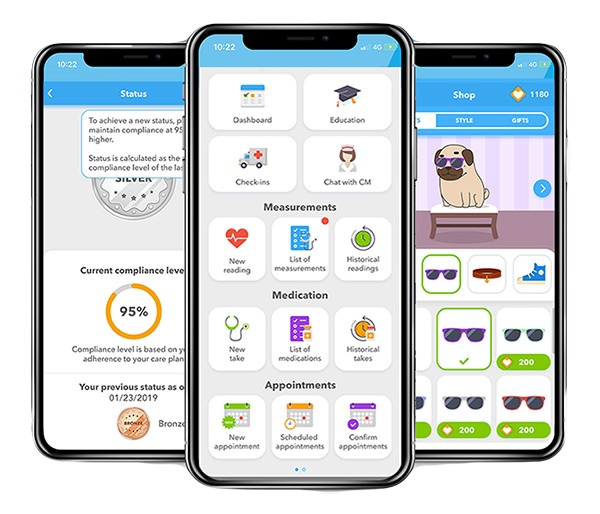
Track your health, chat with your doctor, schedule appointments and don't forget to take your pills! Program-Ace developed all-in-one solution for people who want to live healthy and active life.
What are the Best Telemedicine Apps?
With hundreds of telemedicine apps already in existence and many more on the way, it’s hard to name a leader. After all, each is designed for its own purposes and has different features. Still, we can bring up some prominent examples:
-
This is a major telehealth platform based in the United States and focused on delivering medicine to patients all over the country. Users share their health history, and it is reviewed by a team of doctors before a prescription and order options are granted.
-
MoMedX is an app from Program-Ace with separate versions for patients, nurses, and doctors. Patients use it for things like communicating with specialists, booking appointments, and checking personal data like test results and instructions. The other versions for medical experts have more robust functionality for creating health plans, monitoring health, and performing assessments.
-
This is a popular platform whose primary focus is on providing consultations and health advice. The service is mainly centered towards psychological help, but the doctors there are also qualified to address urgent care, chronic care, and preventative health issues, from common illnesses like the cold to wellness consulting and help with non-life-threatening conditions.
-
A creation of Program-Ace, this application is intended to make therapy fun and engaging for patients. Users are provided with a virtual assistant and daily goals that they must complete to stay healthy and on top of their treatment. This took a significant load off their assigned doctors and helped improve communications between the two parties.
-
Spruce is a communication-centered app that is targeted to patients and medical professionals alike. It features various forms of communication like messaging, voice and video chat, whilst staying compliant with privacy laws and regulations.
-
Your next app
Have you got an idea for a telemedicine app? Program-Ace can help make it a reality, and you might just see it featured on top lists in short order.
Our software development outsourcing company will be honored to take your healthcare business to a new stage of digital transformation and create an improved experience for all of your clients and employees. This includes building immersive apps, web platforms, cross-platform solutions, and other options that appeal to you.
Let’s discuss your idea! Contact us about it today.

